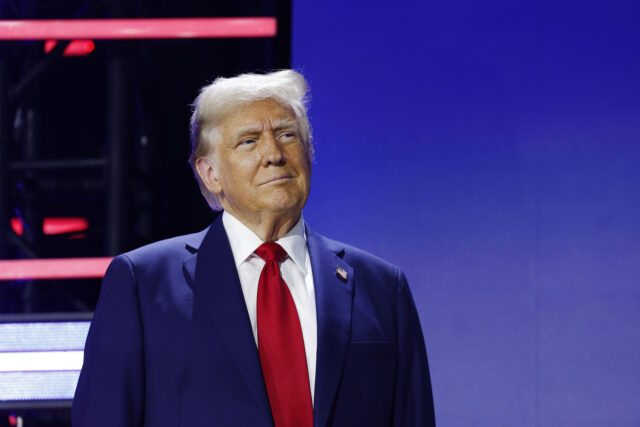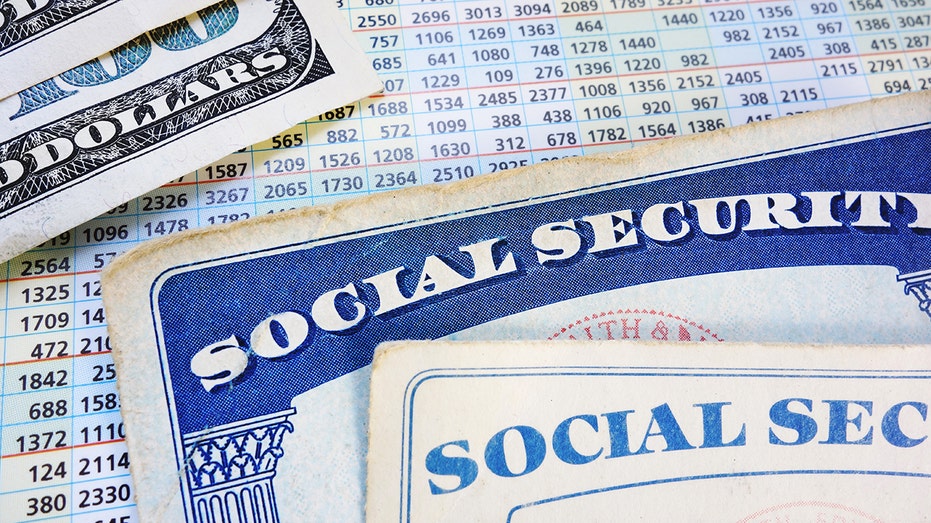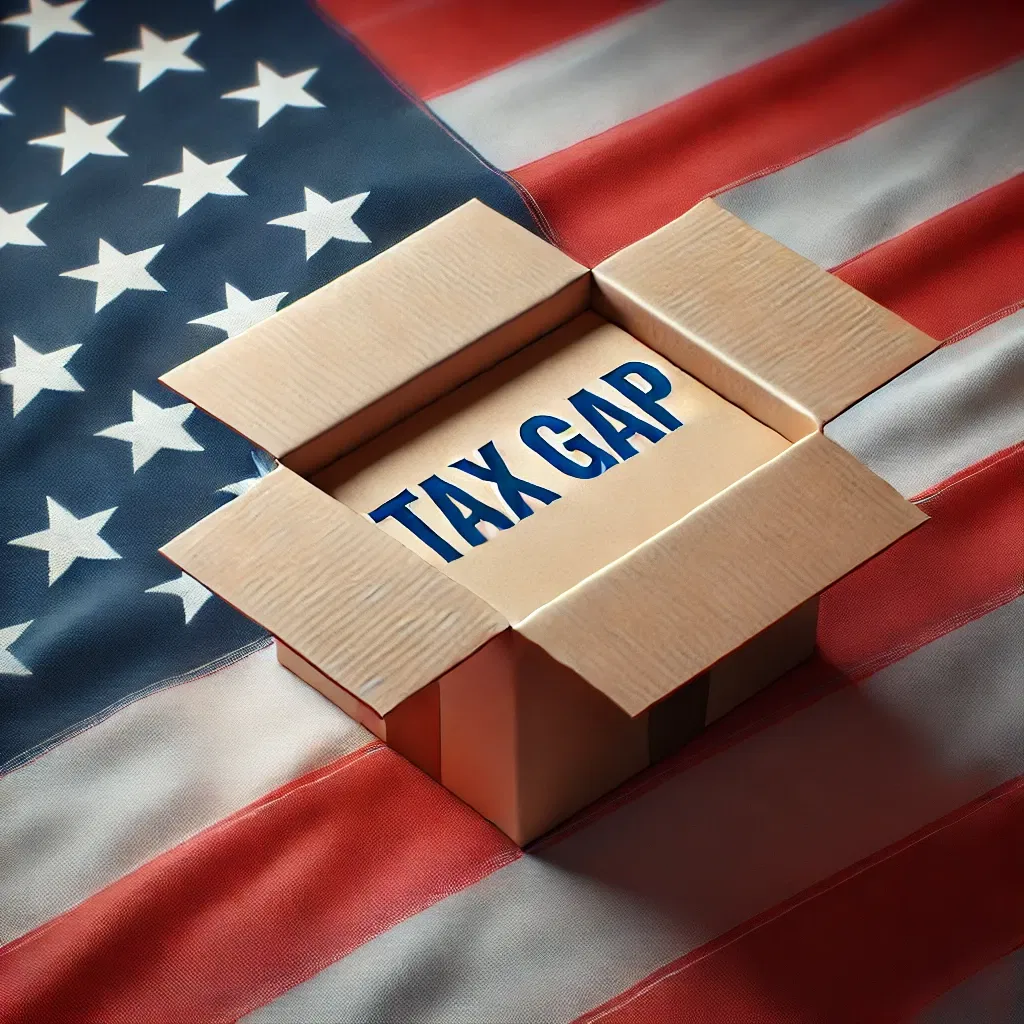from ReasonTV
Morgan Stanley CEO Says the Era of Zero Interest Rates and Zero Inflation ‘is Over’
The days of easy money and zero interest rates are firmly in the past, Morgan Stanley CEO Ted Pick said, speaking at a panel of finance CEOs in Riyadh on Tuesday.
by Natasha Turak
CNBC.com
 RIYADH, Saudi Arabia — The days of easy money and zero interest rates are firmly in the past, Morgan Stanley CEO Ted Pick said Tuesday, speaking at a panel of finance CEOs in Riyadh.
RIYADH, Saudi Arabia — The days of easy money and zero interest rates are firmly in the past, Morgan Stanley CEO Ted Pick said Tuesday, speaking at a panel of finance CEOs in Riyadh.
“The end of financial repression, of zero interest rates and zero inflation, that era is over. Interest rates will be higher, will be challenged around the world. And the end of ‘the end of history’ — geopolitics are back and will be part of the challenge for decades to come,” Pick said, referencing the famous 1992 Francis Fukuyama book, “The End of History and the Last Man,” which argued that conflicts between nations and ideologies were a thing of the past with the ending of the Cold War.
Repressed rates and easy monetary policy have been in the rearview mirror since 2022, when — after slashing rates to near zero to deal with the Covid-19 pandemic — the Federal Reserve cranked its benchmark rate up by around 500 basis points over the course of 18 months.
The Illusion of Growth: How Inflation Skews Our Perception of the Stock Market
by Alexander Frei
Daily Signal
 Americans can readily see the effects of record-high inflation every time they shop. Prices have soared, from the grocery store to the gas pumps. Although inflation has cooled, families are still feeling the pinch.
Americans can readily see the effects of record-high inflation every time they shop. Prices have soared, from the grocery store to the gas pumps. Although inflation has cooled, families are still feeling the pinch.
And the harm doesn’t end there: Inflation also is making stock markets appear stronger than they really are and cutting into returns for everyone, including those with retirement accounts.
We seldom hear about that last point. When media outlets discuss the latest inflation rate, they typically highlight the average annual percentage change in the consumer price index. The CPI tracks a basketful of goods, including housing, food, energy, insurance, and more, measuring the average price increases of these items over time.
Consumer Confidence Surges but Inflation and Interest Rates Remain Top Concerns
by John Carney
Breitbart.com
 U.S. consumer confidence leapt to 108.7 in October, its highest level since January, according to data from the Conference Board released on Tuesday.
U.S. consumer confidence leapt to 108.7 in October, its highest level since January, according to data from the Conference Board released on Tuesday.
This strong rebound comes after a revised 99.2 reading in September, with October’s figure far exceeding Wall Street expectations of 99.5.
[…] The October confidence surge fully offset the sharp decline experienced in September, signaling a notable shift in consumer sentiment.
The Conference Board does not track consumer confidence by party affiliation. Last week, the University of Michigan said its measure of consumer sentiment increased because Republicans became more confident that Donald Trump would win the presidential election.
Wall Street Bosses Are More Worried About Inflation Than the U.S. Election
by David Hollerith
Yahoo! Finance
Some of the top figures on Wall Street sound more concerned about the persistence of inflation than the occupant of the Oval Office in 2025.
“I do believe we have greater embedded inflation in the world than we’ve ever seen,” BlackRock (BLK) CEO Larry Fink said Tuesday at the Future Investment Initiative in Saudi Arabia, adding that “no one is asking the question, ‘At what cost?'”
Few of the Wall Street figures who attended the annual Future Investment Initiative confab were willing to offer a strong prediction on whether Kamala Harris or Donald Trump would win on Nov. 5.
McDonald’s 2024 Combo: Inflation, a Health Crisis and a Side of Politics
From the drive-thru to the campaign trail, the fast-food giant has reflected America’s story this year.
by Rob Wile and Alexandra Byrne
NBC News
 Life under the Golden Arches hasn’t been easy this year.
Life under the Golden Arches hasn’t been easy this year.
McDonald’s has faced a customer revolt over pricey Big Macs, an unsolicited cameo in election-season crossfire, and now an E. coli outbreak — just as the company had been luring customers back with more affordable burgers.
Still, like U.S. consumers themselves, Mickey D’s remains in sturdy shape heading into 2025, despite its ongoing challenges.
The fast-food giant reported Tuesday that it had reversed its recent U.S. sales drop, posting a 0.3% uptick in the third quarter. Foot traffic was still down slightly, but the company said its summer of discounts was paying off.
Does ‘Greedflation’ Explain High Prices?
Anger at high grocery prices may help reelect Donald Trump. Is corporate greed to blame?
by Jerusalem Demsas
The Atlantic
 If former President Donald Trump wins next week’s election, perhaps no issue will have been more pivotal than inflation. Earlier this year, Gallup polling showed that the number of Americans who worry “a great deal” about inflation was larger than the number worried about crime, homelessness, health care, immigration, and even Social Security.
If former President Donald Trump wins next week’s election, perhaps no issue will have been more pivotal than inflation. Earlier this year, Gallup polling showed that the number of Americans who worry “a great deal” about inflation was larger than the number worried about crime, homelessness, health care, immigration, and even Social Security.
And the anger has perhaps been fiercest over the cost of groceries. People buy groceries regularly, and unlike other goods, food is a necessity—you can’t simply opt out of food because prices have gotten too high, the way you might wait out buying a car or a couch. At their recent peak, in August 2022, grocery prices had increased 14 percent since the previous year. Although inflation has cooled significantly since then, that doesn’t mean prices have actually gone down; it just means prices have stopped rising as dramatically.
GOP Senator Explains How Inflation ‘Hits Seniors Particularly Hard’ Under Democrats
Effect of US dollar ‘is a lot less’ than it was one to four years ago, says Sen. Shelley Moore Capito
by Kristen Altus
Fox Business
 The everyday prices Americans pay for rent, food and gasoline have added pressure to wallets compared to one year ago – but it hits seniors especially hard, according to one Republican senator.
The everyday prices Americans pay for rent, food and gasoline have added pressure to wallets compared to one year ago – but it hits seniors especially hard, according to one Republican senator.
“What people and seniors who look at their accounts probably daily, many of them, they know that when they go to the grocery store and want to get groceries, they’ve got to pay $120 for what they were paying $100 for just last year,” Sen. Shelley Moore Capito, R-W.Va., said on “Mornings with Maria,” Tuesday.
“And that’s worrisome to those that are retiring. They know that they have only a certain amount to be able to retire. They’ve planned well,” she continued, “but the effect of their dollar is much less.”
September’s consumer price index (CPI) from the U.S. Labor Department indicated that inflation rose above economists’ expectations, up 0.2% from the prior month and 2.4% from one year ago.
Trick or Treat? Americans Face Horrific Candy Inflation Under Biden-Harris
by John Carney
Breitbart.com
 The prices of handing out candy to trick-or-treaters rose more rapidly under the Biden-Harris administration than they have in decades, a reminder of the steep toll of the inflationary policies of the Democrat White House.
The prices of handing out candy to trick-or-treaters rose more rapidly under the Biden-Harris administration than they have in decades, a reminder of the steep toll of the inflationary policies of the Democrat White House.
The consumer price index for candy and chewing gum is up around 22 percent since Biden took office nearly four years ago. That’s more than twice the cumulative inflation during Trump’s presidency.
In fact, it is more inflation than the Trump and Obama administrations combined.
[…] Inflation appears to be causing Americans to pull back on their Halloween plans. A survey by the Halloween & Costume Association found that 53 percent of America consumers say rising costs would impact their plans—and price is the biggest factor in choosing a costume.
Guindos Says ECB Sees ‘Substantial Risks’ to Inflation Outlook
by Mark Schroers
BNN Bloomberg
 (Bloomberg) — The European Central Bank has made significant progress in bringing down inflation but can’t declare victory just yet, according to Vice President Luis de Guindos.
(Bloomberg) — The European Central Bank has made significant progress in bringing down inflation but can’t declare victory just yet, according to Vice President Luis de Guindos.
“The incoming information shows that the disinflationary process is now well on track,” he said on Monday in Madrid. “The outlook, however, is surrounded by substantial risks.”
Geopolitical conflicts threatening to push up energy and freight costs, extreme weather and sticky wage growth all have the potential to keep price pressures high for longer, Guindos said at a conference. At the same time, past rate hikes might damp demand — and inflation — more than expected, with weaker global growth an added downside risk.
The Spaniard was one of just a few officials who hadn’t commented on the future interest-rate path after the ECB in mid-October lowered borrowing costs for a third time this year.
First it Will Be Inflation. Then Come the IRS Agents.
by James Hickman
Schiff Sovereign
 Apart from weathermen, no one besides government bureaucrats can be so wrong, so often, yet still keep their jobs.
Apart from weathermen, no one besides government bureaucrats can be so wrong, so often, yet still keep their jobs.
No one was ever fired for telling Americans that COVID lockdowns would last just “two weeks, to stop the spread” and “flatten the curve”.
If we’re being generous and call that a ‘miscalculation’, they were off by about 100 weeks, i.e. 50x, in most places before COVID restrictions ceased.
Then there was the infamous Obamacare website, healthcare.gov, which the ‘experts’ in government originally estimated would cost $93 million. That’s already an absurd price tag for a website. But in the end, it cost over $2 billion, and barely functioned.
